in DC transient response of an LC circuit we get sinusoidal waveforms,
so why not here as well?
Short answer is "we do get a sinusoidal waveform" but it's only for a short period of time.
Quite literally, the boost converter switching speed is so much higher than the natural resonant frequency of the inductor (and output capacitor), that you never get an opportunity to actually see any sinusoidal shape emerging in the charging waveform.
So, if we look at the waveforms of an LC circuit that is based around the topology of a boost converter, we would see a sinusoidal shape emerging: -

In the above example, a 10 μH inductor is initially charged to 1 amp and an output capacitor (1 μF) is initially charged to 20 volts. The input DC voltage is 10 volts i.e. we have the relevant parts of a boost circuit but with an important feature missing; the output diode is shorted out.
The above scenario represents the 2nd phase of the switching cycle i.e. the MOSFET (also not shown) has charged the inductor with 1 amp and has then gone "open-circuit" hence, I've not bothered to show it because it plays no role in the 2nd phase.
The upper waveform (red) is the output voltage and, initially it starts at 20 volts and peaks a little bit higher due to the energy transfer from the inductor (1 amp). It's no coincidence that it peaks in time exactly when the inductor current passes through zero amps.
The lower waveform is the inductor current and, as you can see, it starts at 1 amp and falls as it transfers energy into the capacitor. In a boost converter, we would expect the inductor current to fall with the same trajectory as above but, refrain from further changes when it hits 0 amps. This of course is because the output diode prevents the current reversing.
So, if we put in the diode (S1 wired as an ideal diode) we would see this: -

The inductor current can be mistaken for a linear discharge to zero amps but, given the previous circuit, it is clearly part of a sinusoidal response.



